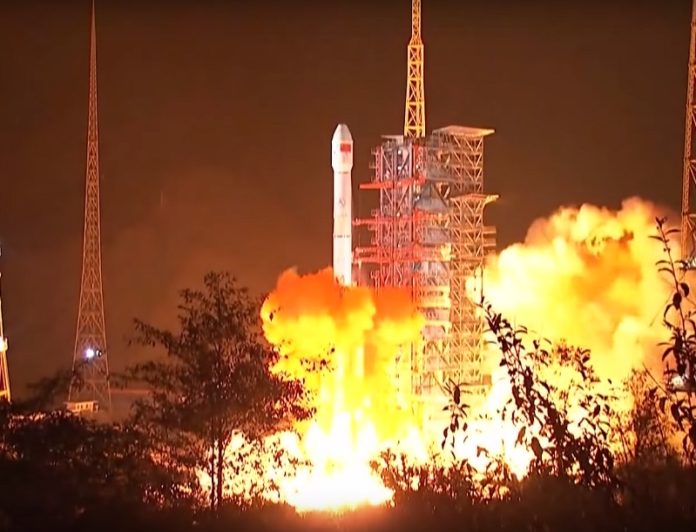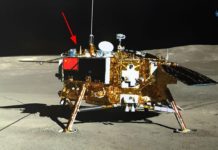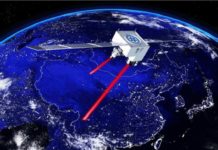On 7 December 2018, the Chang’e 4 mission was launched on board a Longmarch 3B rocket from Xichang Satellite Launch Center in Sichuan. Its destination? The far side of the Moon. As I write this, it is already in lunar orbit.
The mission is comprised of two spacecraft components that will actually perform humanity’s first ever soft landing on the far side of the Moon, being a 1,200 kg lander, containing a 140 kg rover.
In addition to the lander/rover duo, the mission will rely on a communications satellite which is located at the Earth-Moon L2 libration point. Direct communications with the surface at the far side of the Moon are usually impossible, as the Moon itself blocks communications with Earth, but the satellite, named Queqiao, which was launched in May 2018, is positioned such that it has a clear view of both the Moon’s far side and also the Earth, and so will act as a communications relay for the mission.
Along with Queqiao, two microsatellites were launched to orbit the Moon. It was intended for these small (45kg) spacecraft to perform astronomical observations, away from the interference of Earth. One of the satellites failed to reach lunar orbit, but the other one succeeded and is currently operational.
Chang’e 4 is the second Chinese spacecraft to land on the lunar surface, with the first being Chang’e 3, which landed on the Moon in December 2014.
In fact, the Chang’e 4 is the repurposed backup model from the Chang’e 3 mission.
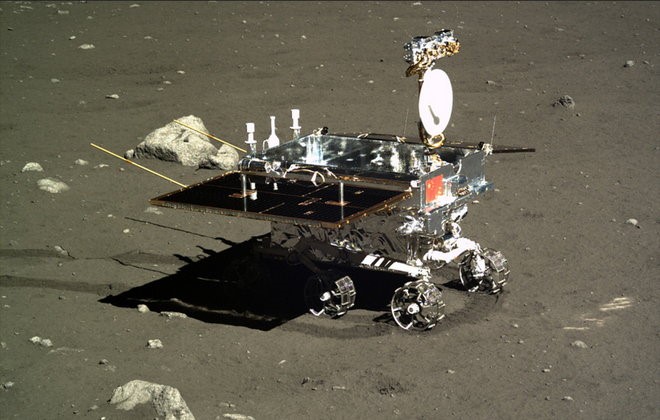
The Landing Zone
The lander and its rover payload will touch down in early January 2019 in the Von Kármán Crater close to the Moon’s south polar region. The crater is named is named after Theodore Von Kármán — legendary aeronautical researcher, co-founder of AeroJet, co-founder of JPL, and former PhD advisor of Qian Xuesen, the father of (modern) Chinese rocketry.
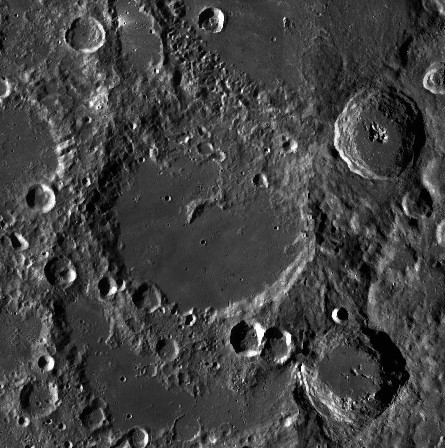
It is of particular interest to researchers due to its geological features and mineral composition.
The Von Kármán crater itself lies in a larger impact crater known as the South Pole Aitkin-Basin, which at over 2,500 km diameter is one of the largest impact craters in the Solar System. It is also one of the oldest on the Moon, meaning that analysis of this region could potentially lead to insights as to how the Moon was formed. In addition to the geology of the crater, it is known that there are quantities of Thorium present there, which have applications for the production of nuclear energy.
After landing in the crater, the rover and lander will perform experiments to determine the radioactivity in the region. This could provide valuable information to agencies wishing to construct future radio astronomy observatories on the Moon, shielded from the radio activity and interference emanating from the Earth.
Other instruments on the landing spacecraft will carry out observations on lunar surface temperature, chemical composition of lunar rock and regolith, and a suite of instruments aimed at heliophysical research related to the Sun’s coronal activity.
Biological Payload
Asides from the aforementioned physical experiments, the lander will carry a small 3kg package containing silk worm eggs and some seeds from the Arabidopsis Thaliana (thale cress) plant as well as potato seeds.
The experiment, designed by 28 Chinese university students, will effectively serve as a mini-biosphere in which the samples will (hopefully) thrive, and with a bit of luck will provide a closed-loop environment in which the specimens will form a symbiotic relationship.

